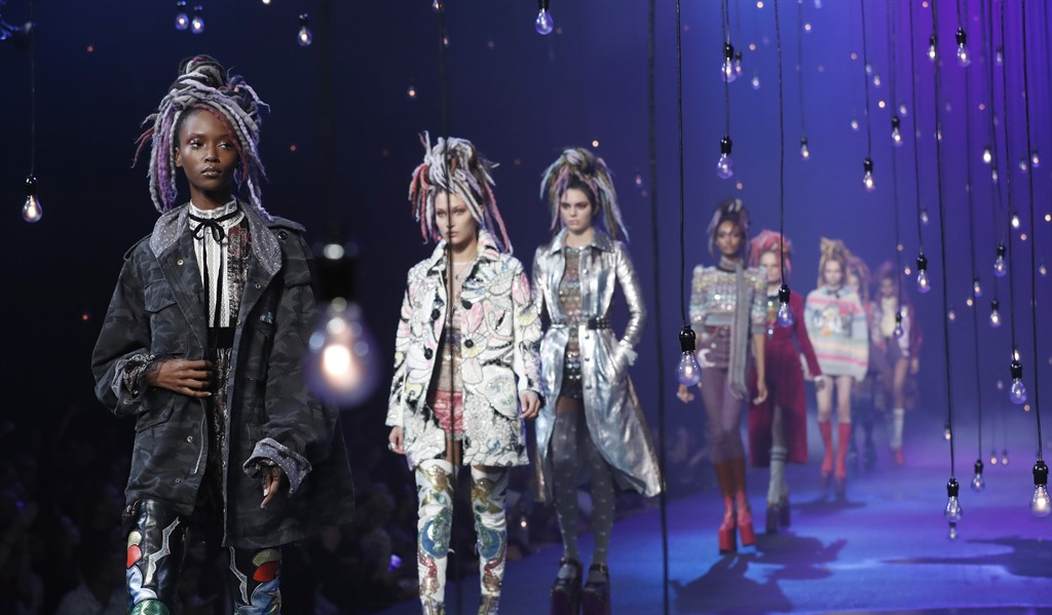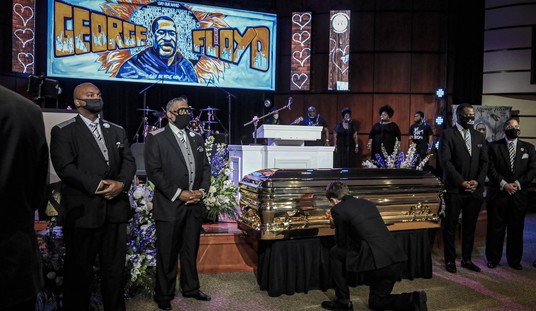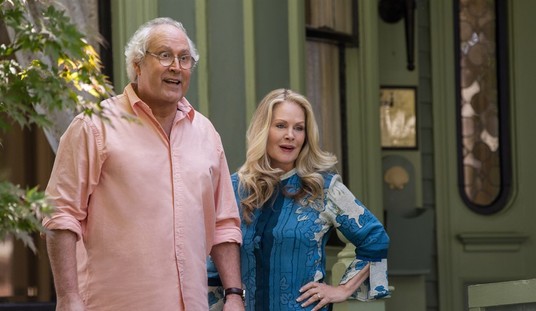Do you constantly spot white supremacy? If not, according to a college instructor, you’re missing a lot. Pale perniciousness, he says, is appallingly present.
On a recent episode of long-running talk show Dr. Phil, the host welcomed Arizona State University English Professor Neal Lester. Neal opposes white supremacy, which is to say — in some cases — hairdo theft.
The educator happens to don dreadlocks, a style he believes he owns by virtue of his skin. And since he owns it, you can’t have it unless you’re colorfully akin.
So go the rules prohibiting “cultural appropriation,” courtesy of people who insist they’re proprietors of ideas and aesthetics created by anyone with a similar bloodline. Apparently, where culture is concerned, there’s no public domain.
Curiously, the ordinances don’t always equally apply. For example, Neal dressed in a suit for Dr. Phil; did one of his relatives cook up the concept of a coat and tie? If not, he can somehow still sport the outfit; yet a differently-pigmented person can’t wear the hair.
He implored viewers to be humane:
“If we…are trying to look at the humanity of other people, then we need to be aware of things that are important to other cultures that don’t necessarily look like us or share the same values. So [cultural appropriation] is a thing. And people need to be aware.”
Phil pointed out that many celebrities accused of cultural appropriation have “adopted a fashion or a style.”
Neal shed light:
“I would say that’s a performance. So if somebody’s culture and somebody’s identity becomes a performance, then it’s reductive. … [I]f you’re reducing, for example…the Civil Rights movement to an afro, and you wear that or you wear dreadlock wigs…that Rastafarians may wear, you do that because it’s edgy, ’cause it’s cool, but ultimately because it’s not you. And you’re getting some kind of cultural capital from that by doing it.”
“[W]ho’s hurt by that?” Phil queried.
“Well, it’s not a matter of who’s hurt by it. It’s who’s being disrespected…”
Neal defined the disrespectees as “a whole culture of people whose identities are wrapped in whatever you’re dressing into and can then take off.”
Additionally, the professor compared cultural appropriation to “racism, sexism, and homophobia.”
“Just because you can’t solve it and don’t see it at every corner, doesn’t mean we shouldn’t be aware of it and trying to address it.”
Phil was flummoxed:
“Wow. Do you really put those on the same level — racism and sexism? You put [them] on the same level as cultural appropriation? So if somebody wears their hair like you’re wearing it, you put that on the same level as racism?”
Neal heard the question and decided on an answer. Unfortunately for the academic, according to the Smithsonian’s National Museum of African American History and Culture, decision-making is a component of whiteness — therefore, appropriation:
The National Museum of African American History & Culture wants to make you aware of certain signs of whiteness: Individualism, hard work, objectivity, the nuclear family, progress, respect for authority, delayed gratification, more. (via @RpwWilliams)https://t.co/k9X3u4Suas pic.twitter.com/gWYOeEh4vu
— Byron York (@ByronYork) July 15, 2020
And unfortunately for the National Museum of African American History and Culture, its decree was written in English; appropriation strikes again.
Back to Neal and his decision:
“Absolutely. I put [a non-black person wearing dreadlocks] on the same level as white supremacy, because white supremacy is intersectional.”
To be clear, KKK-ish calamity is utterly ubiquitous:
“White supremacy is embedded in everything.”
At one point, Phil wondered if anyone in the audience had ever “called someone out for cultural appropriation.” A few raised their hands.
“Has anybody here ever thought twice about wearing something, or doing something — even about cooking something — out of fear of being accused of appropriation?” he inquired.
A white lady indicated yes — her half-black daughter had asked if the two of them could get matching mother-daughter braids. She segregated her hair from her daughter’s:
“[I] just think that some things should stick with those cultures.”
The white mom was wearing glasses, as was Professor Neal. One of them was committing cultural appropriation, but no one noted who.
Meanwhile, they were nearly all appropriating the culture of those who pioneered television.
-ALEX
See more content from me:
Humiliation: Movie Review Condemns Whoopi Goldberg’s Non-Existent ‘Fat Suit’
Sounds About Right: McDonald’s Debuts Happy Meals for Adults
Joe Rogan Has a Message for Teachers Who Sexualize Children
Find all my RedState work here.
Thank you for reading! Please sound off in the Comments section below.














Join the conversation as a VIP Member